Buy the photo The House on the Three Canals in Amsterdam by Jeroen de Jongh Photography on canvas, ArtFrame, poster and wallpaper, printed on demand in high quality.
About "The House on the Three Canals in Amsterdam"
by Jeroen de Jongh Photography
About the artwork
Near the entrance of the former Binnengasthuis (until 1981 the largest hospital in Amsterdam's city centre) stands the famous Huis aan de Drie Grachten, a 17th-century canal house in Amsterdam. It is a double house in Dutch Renaissance style, with a stepped gable on each canal. The property has national monument status, but it is also an ordinary residence and therefore not open to the public. The house owes its name to the fact that it is surrounded by canals on three sides: the Grimburgwal on the south side, Oudezijds Voorburgwal on the west side and Oudezijds Achterburgwal on the east side.
The current house dates from around 1610, but archaeological research has shown that the oldest elements of the building date from the second quarter of the 16th century.
In 1909, a major renovation took place. The aim was to restore the original 17th-century situation, based on a painting by Gerrit Berckheyde. The building was given new stepped gables, cross windows and a sandstone entrance gate. These parts had been demolished in the 18th century. Parts of the interior that had been added over the centuries were removed. The house was restored to its original 17th-century state in 1990, and a second restoration took place in 2005, which included building history research.
During the Second World War, August Aimé Balkema's bookshop, which had been located in the House on the Three Canals since 1936, was used as a clandestine printing and publishing house Five Pound Press of poetry collections and other literature. A hidden room above one of the fireplaces possibly served as a hiding place for people in hiding. In this room, discovered during renovation in 2005, a box of archival materials was found dating from the war years. The premises remained a bookshop until 2002.

About Jeroen de Jongh Photography
I'm Jeroen, and I'll spare you the long introduction. ;) If you're looking for a landscape photo for your wall, you've come to the right place... Read more…
 Netherlands
Netherlands Ordered in August 2019
Ordered in August 2019
 Germany
Germany Ordered in February 2024
Ordered in February 2024
 Germany
Germany Ordered in October 2024
Ordered in October 2024
 Netherlands
Netherlands Ordered in June 2025
Ordered in June 2025
 Germany
Germany Ordered in July 2019
Ordered in July 2019
 Germany
Germany Ordered in April 2025
Ordered in April 2025
 Germany
Germany Ordered in August 2025
Ordered in August 2025
 Germany
Germany Ordered in April 2019
Ordered in April 2019
 Netherlands
Netherlands Ordered in July 2023
Ordered in July 2023
 Netherlands
Netherlands Ordered in May 2021
Ordered in May 2021
 Netherlands
Netherlands Ordered in August 2021
Ordered in August 2021
 Netherlands
Netherlands Ordered in June 2019
Ordered in June 2019
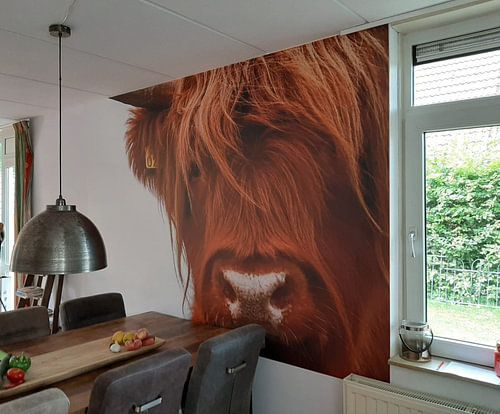
About the material
ArtFrame™
Interchangeable Art Prints
- High-quality print
- Easily interchangeable
- Acoustic function
- Large sizes available
Discover the artworks of Jeroen de Jongh Photography
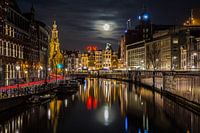 Full moon at the flower marketJeroen de Jongh Photography
Full moon at the flower marketJeroen de Jongh Photography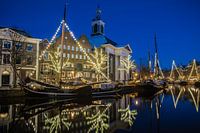 Lange HavenJeroen de Jongh Photography
Lange HavenJeroen de Jongh Photography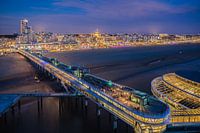 Scheveningen PierJeroen de Jongh Photography
Scheveningen PierJeroen de Jongh Photography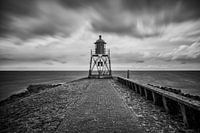 Lighthouse StavorenJeroen de Jongh Photography
Lighthouse StavorenJeroen de Jongh Photography April 25th BridgeJeroen de Jongh Photography
April 25th BridgeJeroen de Jongh Photography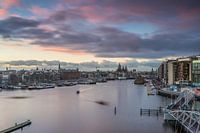 OosterdokJeroen de Jongh Photography
OosterdokJeroen de Jongh Photography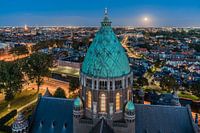 Climb to the lightJeroen de Jongh Photography
Climb to the lightJeroen de Jongh Photography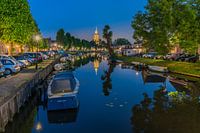 MonnickendamJeroen de Jongh Photography
MonnickendamJeroen de Jongh Photography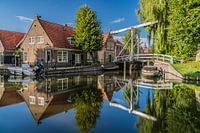 Zonnepad MonnickendamJeroen de Jongh Photography
Zonnepad MonnickendamJeroen de Jongh Photography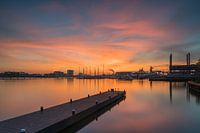 NDSM sunsetJeroen de Jongh Photography
NDSM sunsetJeroen de Jongh Photography Mill de Vlinder on a misty morning in the BetuweJeroen de Jongh Photography
Mill de Vlinder on a misty morning in the BetuweJeroen de Jongh Photography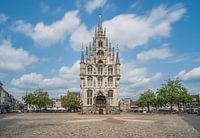 Town Hall of Gouda at the MarketJeroen de Jongh Photography
Town Hall of Gouda at the MarketJeroen de Jongh Photography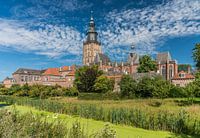 Swans at the skyline of ZutphenJeroen de Jongh Photography
Swans at the skyline of ZutphenJeroen de Jongh Photography Quiet autumn morning in the park of Groeneveld CastleJeroen de Jongh Photography
Quiet autumn morning in the park of Groeneveld CastleJeroen de Jongh Photography Magical sunrise at the Amstelveense PoelJeroen de Jongh Photography
Magical sunrise at the Amstelveense PoelJeroen de Jongh Photography Sunrise in the cherry blossom park of the Amsterdamse BosJeroen de Jongh Photography
Sunrise in the cherry blossom park of the Amsterdamse BosJeroen de Jongh Photography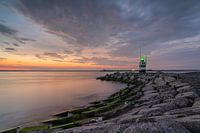 Sunset at the IJmuiden PierJeroen de Jongh Photography
Sunset at the IJmuiden PierJeroen de Jongh Photography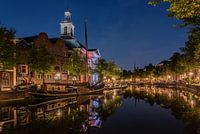 Peace and quiet at Schiedam's Lange HavenJeroen de Jongh Photography
Peace and quiet at Schiedam's Lange HavenJeroen de Jongh Photography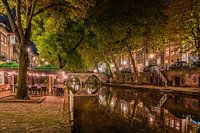 Having a drink along Utrecht's Oudegracht canalJeroen de Jongh Photography
Having a drink along Utrecht's Oudegracht canalJeroen de Jongh Photography Tram 47 passes over the Freedom Bridge in BudapestJeroen de Jongh Photography
Tram 47 passes over the Freedom Bridge in BudapestJeroen de Jongh Photography
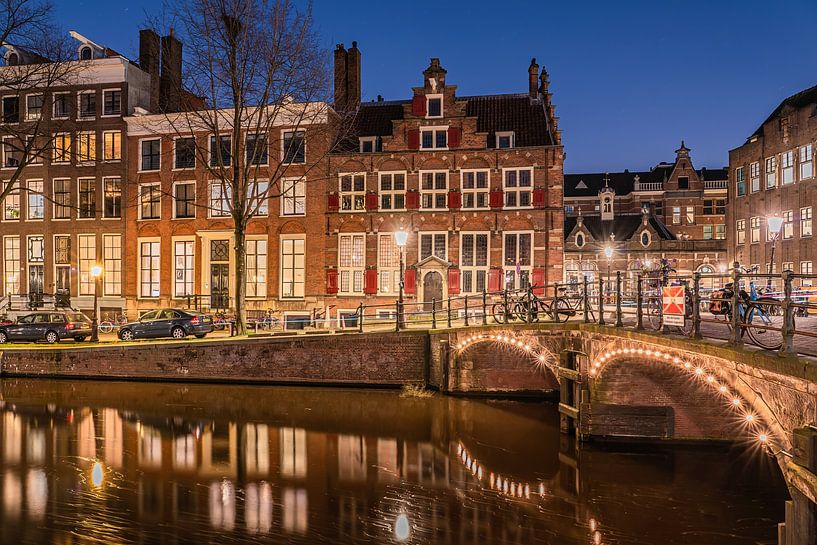









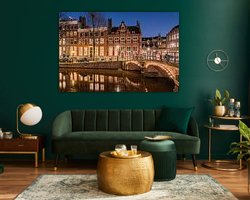


 Amsterdam
Amsterdam Blue hour
Blue hour Bridges
Bridges City centre of Amsterdam
City centre of Amsterdam Europe
Europe North Holland
North Holland Photo wallpaper
Photo wallpaper Photography
Photography Reflections
Reflections Romantic Moments
Romantic Moments Serene Peace
Serene Peace The Netherlands
The Netherlands









